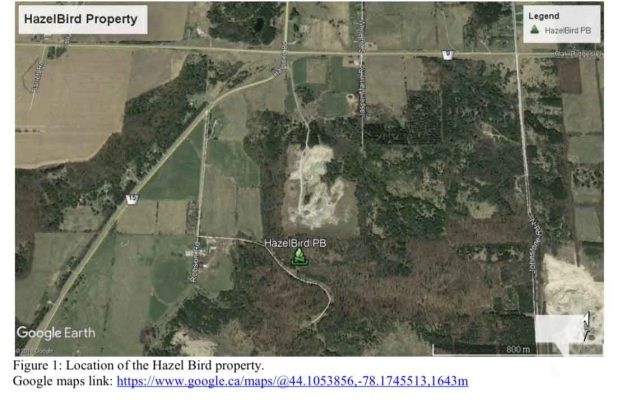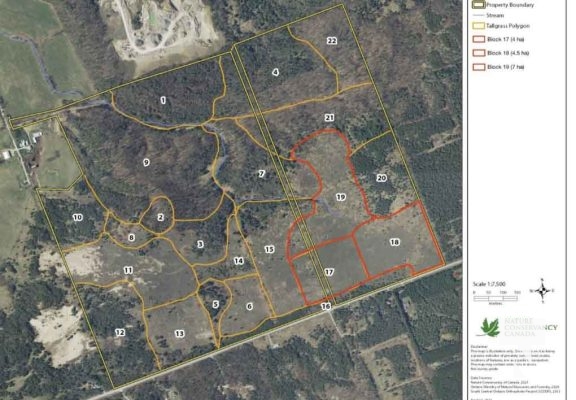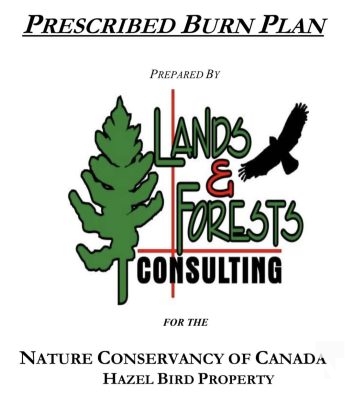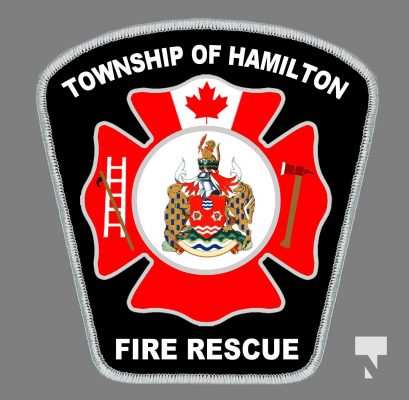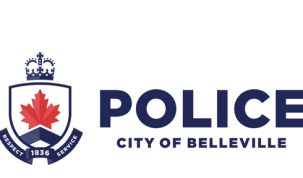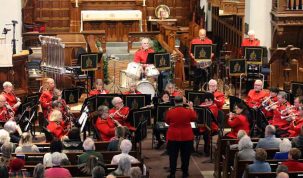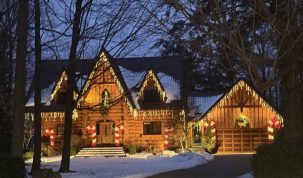Hamilton Township Fire Department would like to advise residents and visitors in the area of the Hazel Bird property along Robson Road, south of Oak Ridges Drive just off Harwood Road there will be a prescribed 15 hectre burn happening today (April 27, 2023) starting at approximately 4 p.m.
The Nature Conservancy of Canada (NCC) owns and manages the Hazel Bird property and has employed the services of Lands & Forests Consulting to help bring the site back to a historical oak savannah/tallgrass prairie ecosystem with the use of prescribed fire.
Hazel Bird Nature Reserve can be found in the Rice Lake Plains Natural Area. The rolling hills of the Rice Lake Plains Natural Area lie in the heart of a historical tall grass landscape, which has all but disappeared. The high, dry sandy hills of the Oak Ridge’s Moraine once offered vistas of wide expanses of tallgrass prairie and oak savannah, dominated by massive black and white oak.
Grasses like big bluestem, Indian grass, and switchgrass grew more than two meters high, and a diverse range of wildflowers blossomed.
Historically fire was a major contributor towards the natural development of savannah and tallgrass prairie ecosystems and these ecosystems relied heavily on the frequency of fire for nutrients, stand purity, and health.
Modern-day prescribed burning first began on this property in 2013, on a 6 ha parcel known as Block 1. Since then, 7 additional blocks have been proposed and burnt.
As with previous years, the objective of the 2023 burns is to mimic the disturbance created by historical fires occurring in spring conditions which would produce fire intensities that will cull non-fire tolerant species.
A prescribed burn is a deliberately set, carefully planned, and controlled fire that consumes ground-level fuels such as dried leaves, cured grass, and forbs, needles, and fallen or downed woody debris. The practice is a widely used and recognized scientific method of controlling out-competing, non-fire tolerant invasive species, allowing for growth and regeneration of the naturally occurring historical grasslands and fire-tolerant tree species.
The areas of natural prairie remaining in Ontario are highly significant because they are rare. There are only small remnants of tallgrass prairie and savanna remaining in southern and northwestern Ontario, and regular burns are required to maintain these endangered plant communities. Many of Ontario’s endangered plant species are restricted to prairie habitats.
Although a single burn that is properly timed is all that is required to meet the objectives of certain land management plans it may take multiple burns over multiple years to achieve desired objectives, and in some cases decades of maintenance burns to keep restored forests and grassland ecosystems free of successional undesirables.
Early results need to be reported as preliminary rather than as definitive as fire effects from a single burn or back-to-back burns may take three years or more to be fully manifested.
Sudden changes in weather or other factors may require that a scheduled burn be canceled at the last minute. The burn will take approximately four hours to complete.


